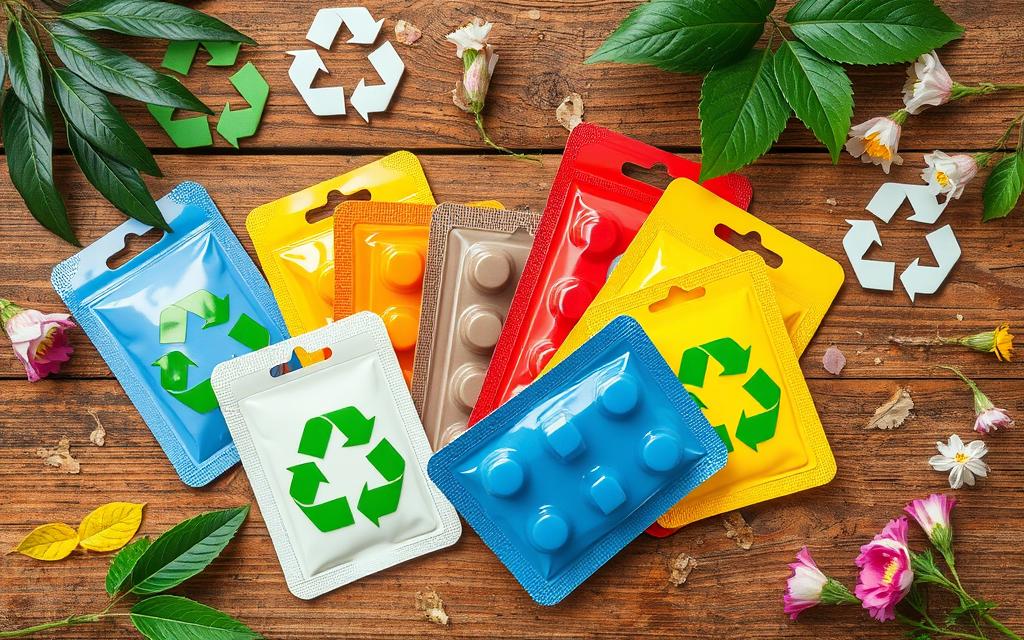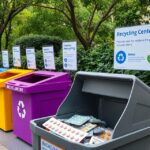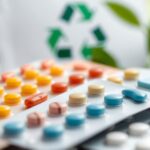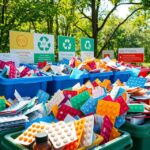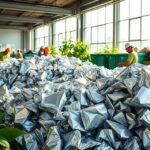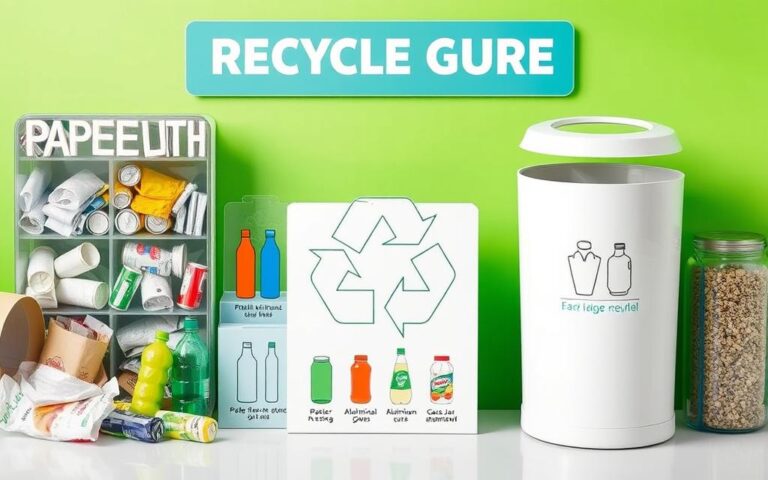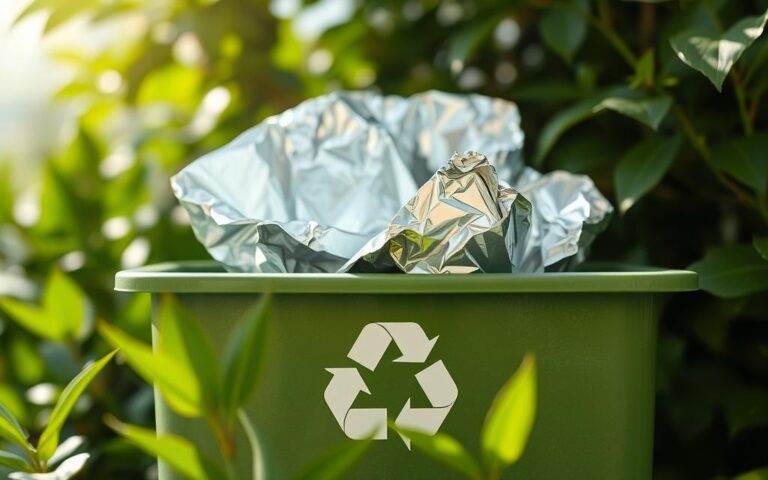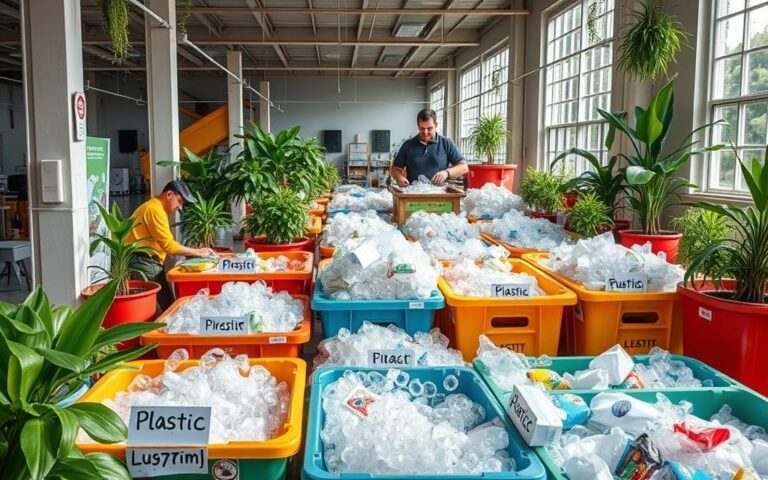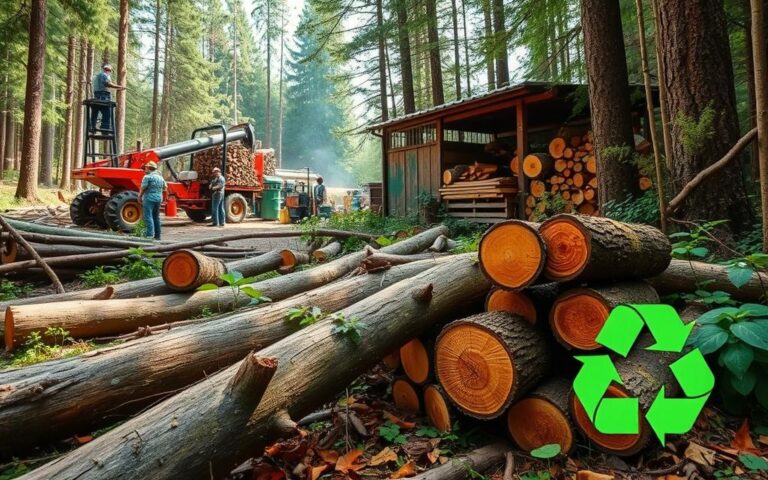How to Recycle Blister Packs: Sustainable Disposal Guide
We’re becoming more aware of our impact on the planet. The need to recycle blister packs is at an all-time high. These are often used for drugs and products, mixing plastic, foil, and sometimes paperboard. It makes it hard to recycle them right. This guide will help UK folk and businesses learn how to dispose of them in an earth-friendly way.
It’s key to know what blister packs are made of. This helps tackle the hard parts of throwing them away properly. Some bits can be recycled, but not all, due to their mixed materials. Where you live might have its own rules for recycling. By following these rules, we save natural resources and use less energy. This leads to fewer emissions from making new things.
Let’s work together to dispose of blister packs in a way that helps the planet. Following these tips will make a big difference for our future.
Understanding Blister Packs and Their Impact on the Environment
It’s key to understand what blister packs are. They’re mainly made from plastic and aluminium. This mix is very durable. It’s perfect for packaging things like medicine and small gadgets. The pack’s design offers protection and makes the product inside easy to see. This makes shopping easier for people.
What Are Blister Packs?
Blister packs are a kind of packaging. They have a plastic bubble shaped around the product. Then, they’re sealed with an aluminium back. This creates a strong barrier against moisture and light. Keeping medicine like pills safe and lasting longer. The mix of PVC and aluminium is chosen carefully for these reasons.
The Environmental Challenges of Blister Pack Waste
The impact of blister packs on the planet worries many. Their one-time use leads to a lot of waste. A huge amount of these packs end up in landfills every year. They’re hard to recycle because of the mix of plastic and aluminium they’re made from. Programs exist to fix this issue, but they’re not common yet.
Why Recycling Is Crucial
Recycling these packs is very important. If not recycled, they sit in landfills for a long time. Recycling helps reduce waste, saves resources, and lessens environmental harm. Companies like Colorcon are looking for better, green alternatives for these packs. Their goal is to be kinder to our planet while keeping our health in mind.
Why Recycle Blister Packs?
Recycling blister packs has many benefits for the environment. It’s vital to understand these advantages. This knowledge shows the importance of recycling and how we can lessen our environmental impact.
The Benefits of Recycling Blister Packs
Recycling has wide-ranging environmental benefits. It saves valuable resources and energy needed to make new products. This reduces the need for new plastic and aluminium, lowering our carbon footprint.
It also increases community awareness about being sustainable. When people join recycling efforts, it builds a shared commitment to protect the Earth. This encourages everyone to adopt eco-friendly habits for better, long-term environmental outcomes.
Reducing Landfill Waste through Recycling
Without recycling, blister packs end up in landfill sites, adding to waste issues. Recycling them cuts the amount of waste in these sites. New recycling technologies now let many places recycle more types of plastics.
China’s new rules on plastic imports have made recycling tougher. Some places may stop accepting certain plastics, including blister packs. Sorting materials like paper, metal, and plastics helps ensure proper recycling.
Initiatives like TerraCycle Brigade show how to manage blister pack waste effectively. With millions throwing away these packs, special recycling services make a big difference. These programmes help communities directly tackle waste and improve recycling rates.
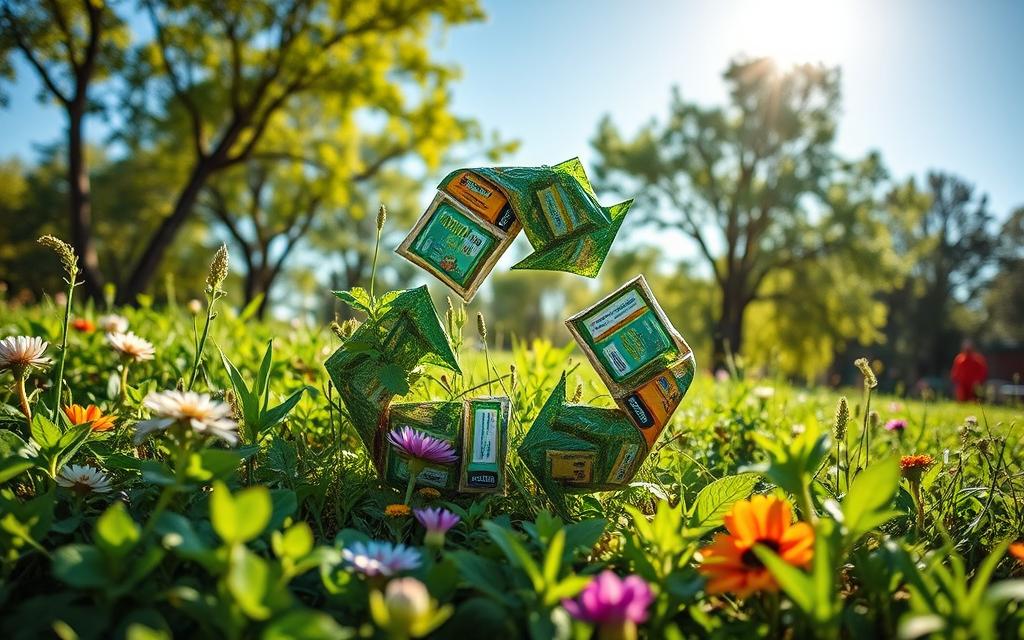
How to Recycle Blister Packs Effectively
Recycling blister packs needs thoughtful recycling preparation for a better environment. Many people don’t know how to recycle them properly. This leads to missed chances to help our planet. Learning the right steps can turn waste into something useful, encouraging effective recycling practices.
Preparation Steps Before Recycling
Getting blister packs ready for recycling is important. Here are some tips to make them more recyclable:
- Clean the blister packs by removing any residues or contents.
- Separate plastic, foil, and paper components whenever possible.
- Place the cleaned blister packs into a plastic bottle that is already being recycled to avoid littering.
Preparing in advance makes recycling smoother and follows local rules. Clean items of a single material help in recovering more materials.
Local Recycling Guidelines to Follow
Checking local guidelines on recycling blister packs is key. Talking to local recycling centres helps understand what’s accepted. Consider these tips:
- Find out if your local recycling centre takes blister packs.
- Keep up with changes in policies that might affect recycling.
- Look for guidance from local environmental groups.
Knowing how to recycle blister packs increases people’s participation. Sharing info on effective recycling practices and giving clear instructions helps everyone be more eco-friendly.
| Recycling Material | Percentage Recovered | Current Uses |
|---|---|---|
| Plastic | 87.2% | Sustainable building materials |
| Aluminium | 12.8% | Energy storage blocks, deoxidant pucks |
By taking these steps and following local rules, we can reduce the impact of blister pack waste. This effort helps move towards a greener future.
Common Questions About Blister Pack Recycling
Nowadays, more people are asking about the recycling of blister packs. They want to know which materials can be recycled and the right way to do it. We will answer some top questions about recycling blister packs.
Are All Blister Packs Recyclable?
Not every blister pack can be recycled. This is because they are made from different materials, like plastic and aluminium. In the UK, many local councils won’t take them for recycling in your home bin. It’s very important to check with your local area’s recycling rules. This way, you can find out which blister packs you can recycle and how.
How to Identify Recyclable Materials in Blister Packs
To find recyclable parts in blister packs, look for plastic and aluminium. Check if the plastic is labelled with numbers #1 to #7. These numbers mean the plastic is usually okay for recycling programmes. But remember, the packs should be clean and empty before recycling. Learning to spot and separate these materials helps make recycling more successful.
FAQ
Are all blister packs recyclable?
No, not every blister pack can be recycled. The materials they’re made of differ widely, making some hard to recycle. It’s key to look at local recycling rules. They show which blister packs can be recycled.
How can I prepare my blister packs for recycling?
Make sure your blister packs are clean and residue-free before recycling. If possible, separate the different parts like plastic, foil, and paper. This helps because recycling places often prefer items made of one material for easier processing.
What materials are commonly used in blister packs?
Blister packs usually consist of a mix of materials, typically plastic, foil, and sometimes paperboard. Their varied makeup often complicates the recycling process.
Why is it important to recycle blister packs?
Recycling them saves resources and energy needed to create new materials. It also lowers the carbon emission linked to making them. Furthermore, it helps cut down on landfill waste, which is good for our planet.
How can I identify recyclable materials in my blister packs?
Check for recycling symbols on your blister packs or read the packaging for material type info. Local recycling rules can also help figure out which materials your area recycles.

